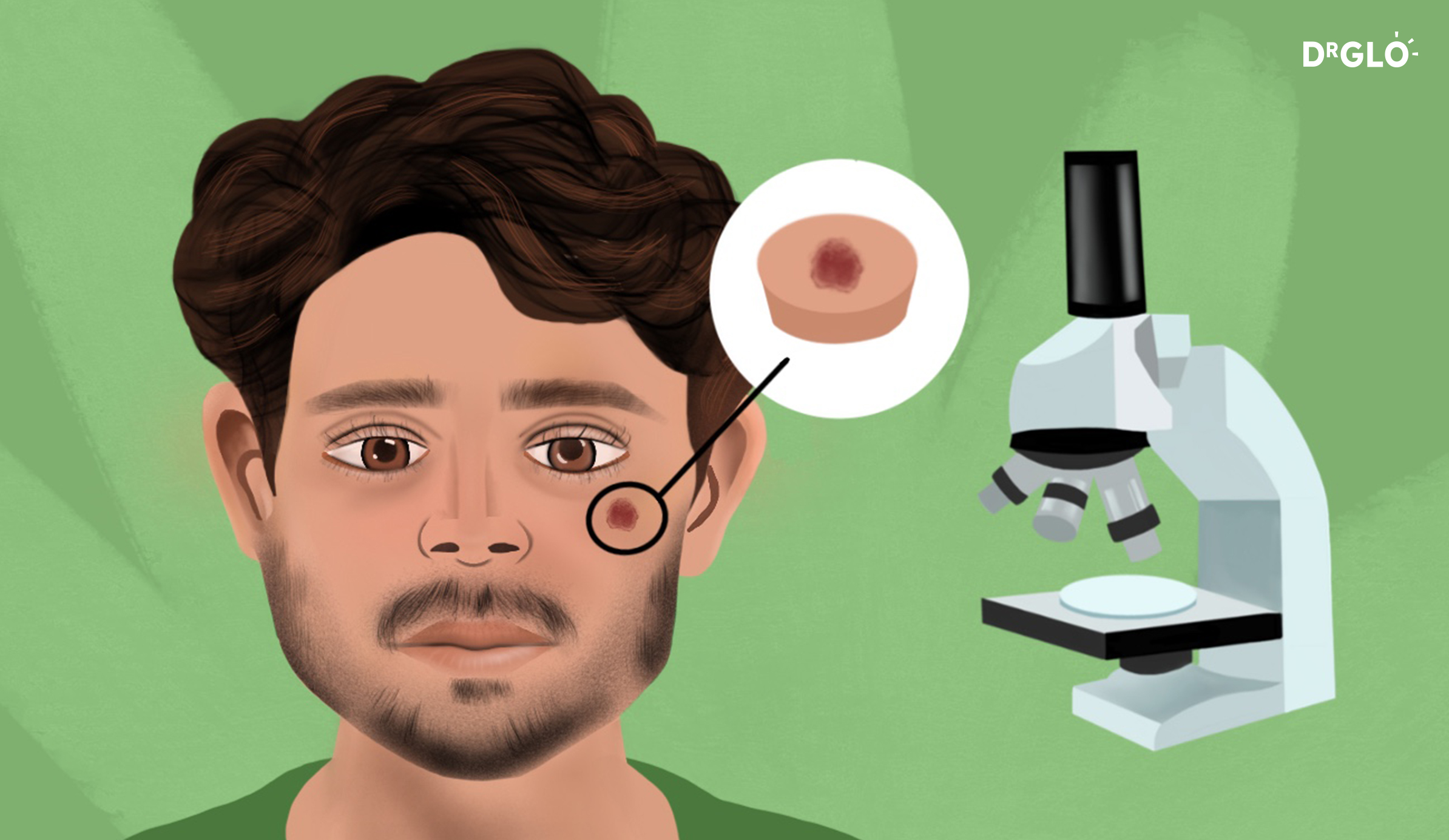
What is Mohs Micrographic Surgery?
Mohs micrographic surgery is the most effective procedure for removing non-melanoma skin cancers, such as basal cell carcinoma (BCC) and squamous cell carcinoma (SCC), which are the most common types of skin cancer.
Patients are referred to a Mohs surgeon for this procedure because it allows for complete removal of the skin cancer during the surgery, increasing the chances of a cure and reducing the need for further excisions. Additionally, compared to other surgical methods for skin cancer removal, Mohs surgery is preferred because it preserves more normal tissue, resulting in less tissue loss and smaller wounds and subsequent scars.
Mohs surgery is the recommended treatment for high-risk non-melanoma skin cancers, particularly in sensitive areas such as the eyelids, nose, lips, ears, scalp, and other parts of the face and body.

USEFUL RESOURCES
American Academy of Dermatology – Mohs Surgery Information
JAMA Dermatology – Mohs Surgery Explanation Video
 Common Skin Conditions
Common Skin Conditions Paediatric Conditions
Paediatric Conditions Skin Cancer
Skin Cancer Infectious Skin Conditions
Infectious Skin Conditions Other Skin Conditions
Other Skin Conditions Treatment & Management
Treatment & Management Prevention & Skincare
Prevention & Skincare


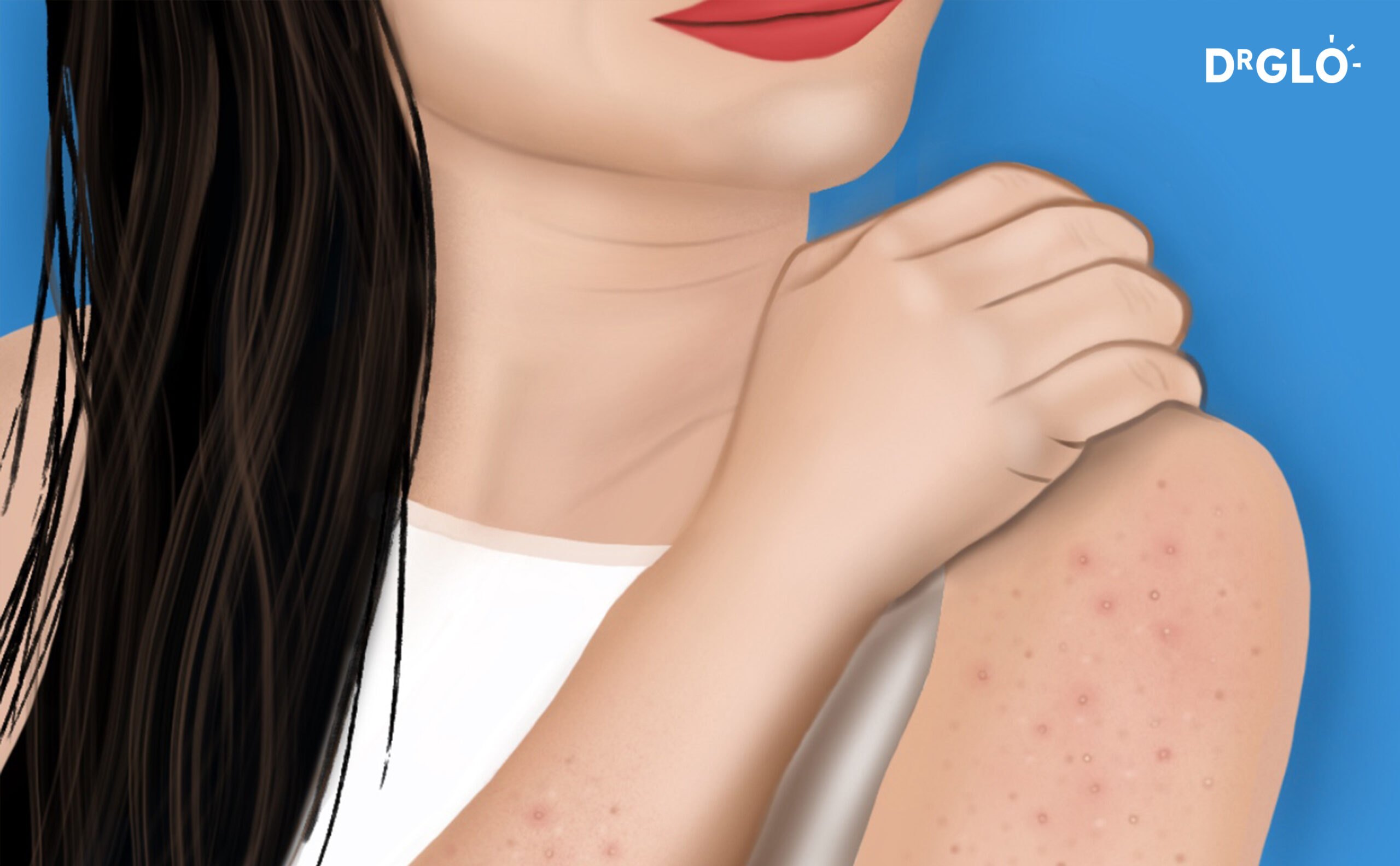

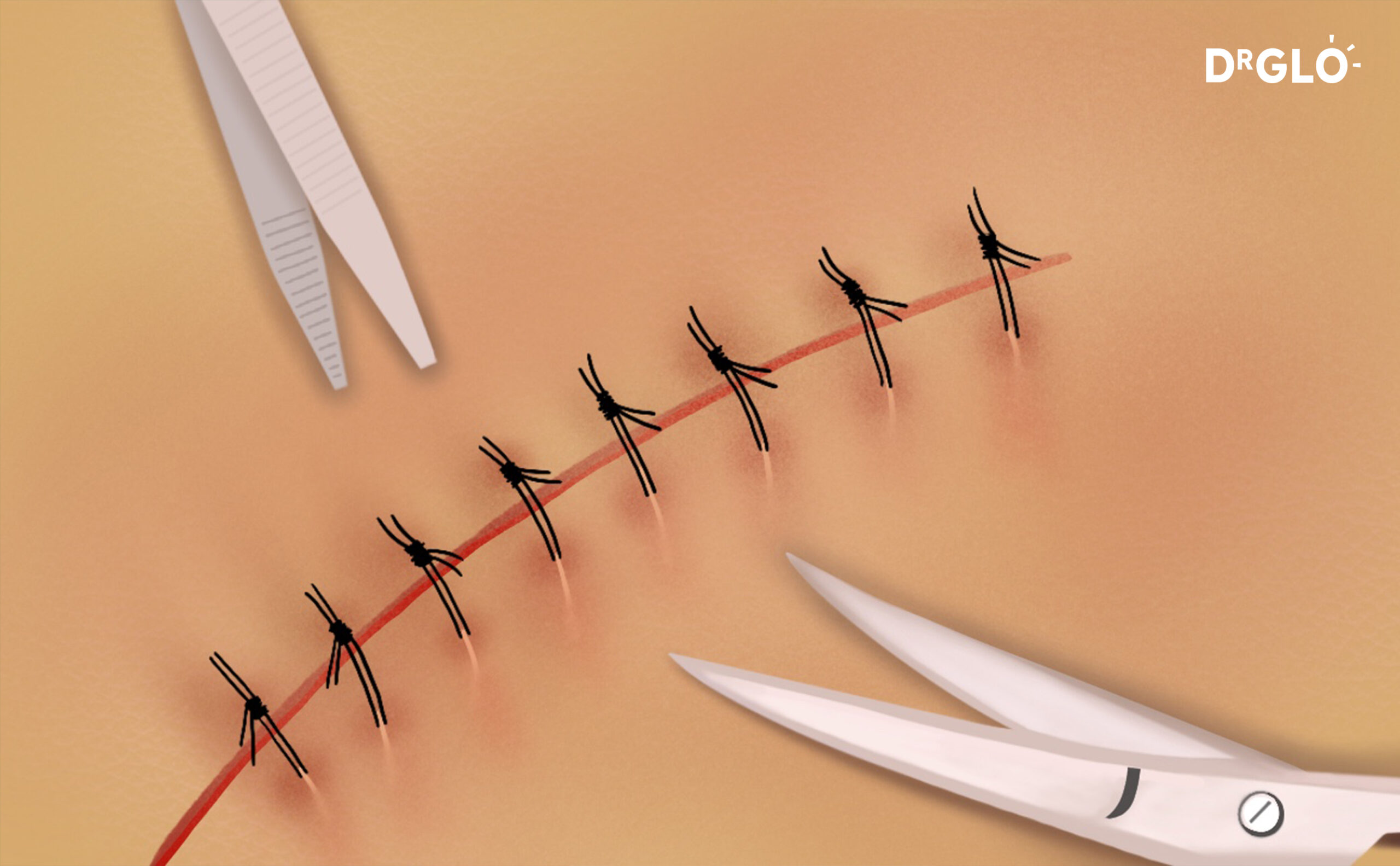
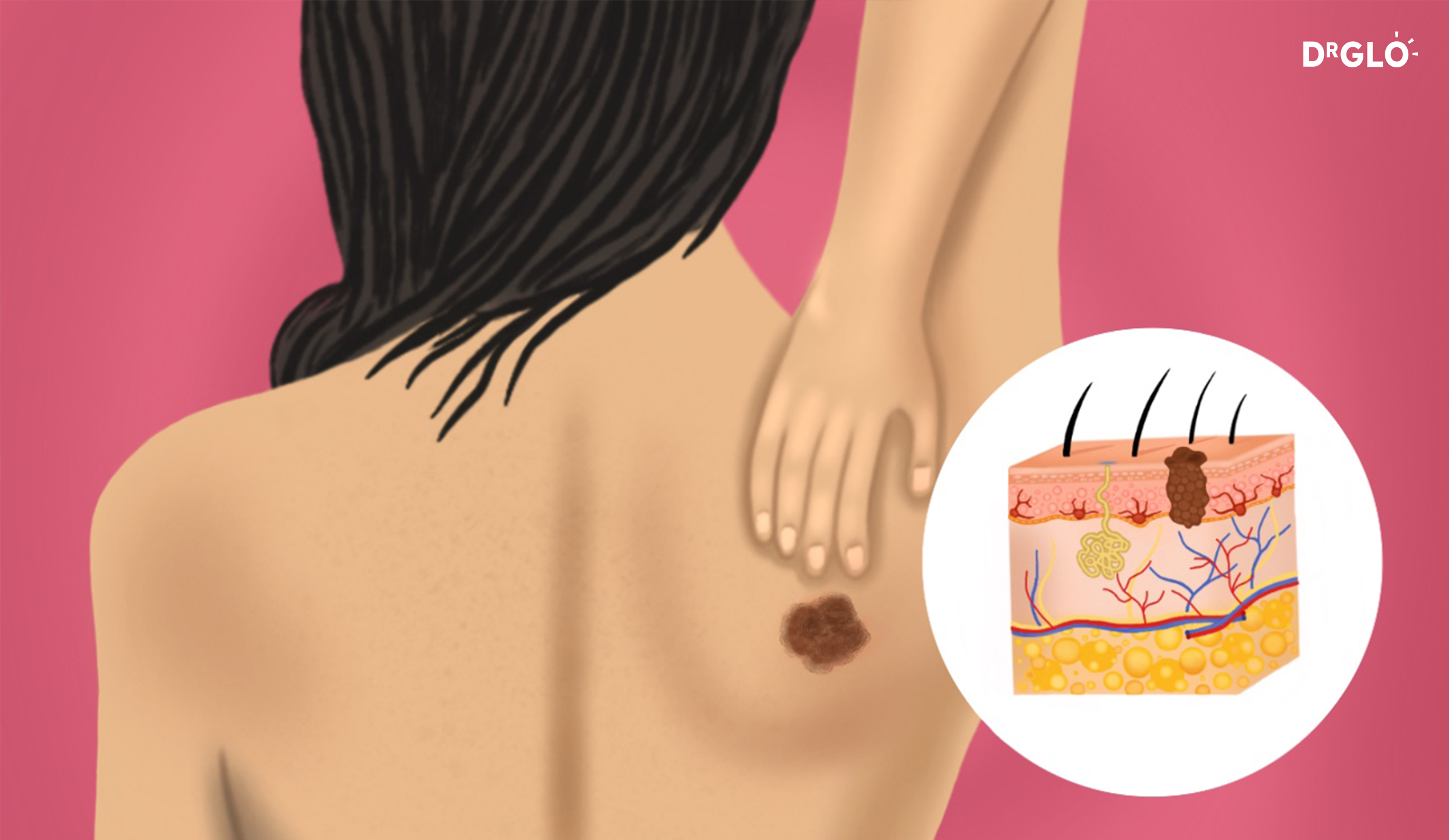
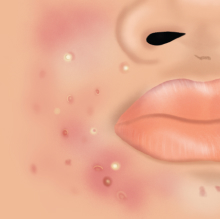

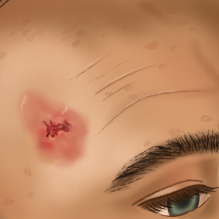

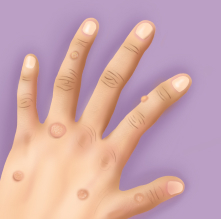

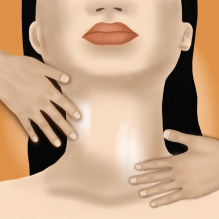
Popular Articles